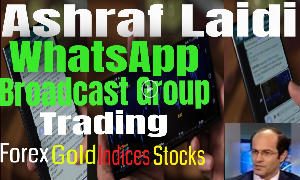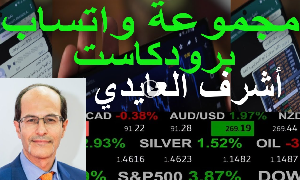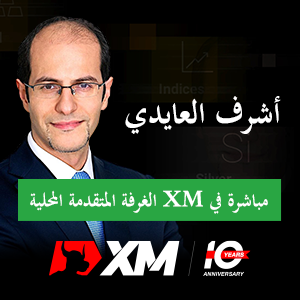China rate cut drives lend-borrow spread to 16-year lows
China's decision to cut its benchmark interest rates for the first time in two and a half years reflects the recent deterioration in economic data. With GDP and inflation both at four-year lows, Chinese authorities cannot content themselves solely by reducing the required reserve ratio on banks as wasthe practice in 2011-2012.
The impact of China's move is a classic play of boosting global equities, commodities and their currencies, reinforcing investors' preferred play of shorting EUR and GBP vs the Canadian dollar. Yen weakness returns to the fray alongside the rebound in equities, proving that any USD/JPY pullback is a temporary opportunity to admit bulls into the December-Abe party.
- China cut its one-year deposit rate by 0.25 % to 2.75% and its lending rate by 0.4 % to 5.6%, which means the spread between both rates is now at 2.85%, the lowest in 16 years.
- Thursday's flurry of manufacturing and services surveys from the US, China and Eurozone confirms the status quo in the currency markets; a cooling off in the pace of US manufacturing expansion, despite remaining the highest rate in the G7 –, while both Germany and China eked out an expansion, albeit at a slower pace, as did the pan-Eurozone measure of both sectors. France remained in contraction territory.
- China's rate action emerged three hours after ECB president Draghi gave another EUR-negative speech in Frankfurt, reiterating the ECB could change the size, pace and composition of asset purchases as needed, in order to increase its balance sheet. FX traders have grown accustomed by now in selling the euro each time the ECB makes refererence to expanding its balance sheet.
- US dollar buying remains the path of least resistance thanks to further ECB easing, elections in Japan and low inflation in the UK, all of which will reinforce the policy divergence relative to the US. We expect USD to consolidate for now, especially as USD/JPY retreats off 119.00 after six consecutive daily gains, before recapturing the 120 yen level later this year ahead of Abe-elections 2.0.
- Gold's bounce remains a case of selling the bounce (rather than buying the dips, as we anticipate $1050/oz in Q2 next year. The outlook for oil remains bearish as supply continues to outstrip demand due to the persistent cooling off in global demand. A rally in US crude to $83-84 is expected to be reversed later next year for a revisit of $72, while Brent crude is seen recovering to as high as $86 from the current $78, before retreating back to $73.









